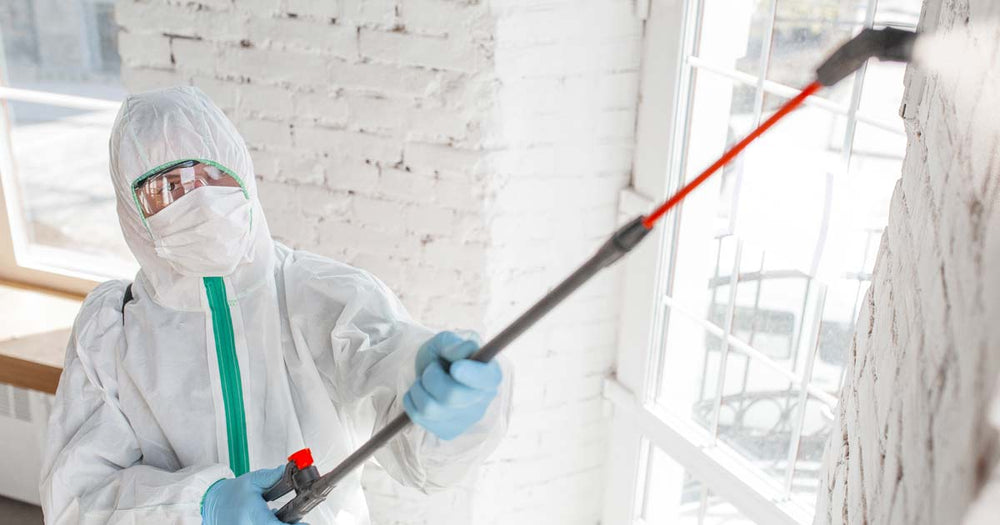
Glass Fencing Sunshine Coast Sleek & Secure
Key Takeaways:
- Glass Fencing Sunshine Coast offers a blend of modern aesthetics and robust security for your outdoor areas.
- The Sunshine Coast’s lifestyle perfectly complements the open, airy feel of glass fences.
- There are various types of glass fencing available, including frameless, semi-frameless, and custom options.
- Proper installation and adherence to safety regulations are crucial for a durable and compliant glass fence.
- Maintaining your glass fence is straightforward, ensuring its longevity and pristine appearance.
The allure of the Sunshine Coast is undeniable – pristine beaches, lush hinterland, and a lifestyle that embraces the outdoors. When it comes to outdoor living spaces, residents are constantly seeking ways to blend security with unhindered views, and that’s where Glass Fencing Sunshine Coast truly shines. More than just a barrier, glass fencing has become a hallmark of contemporary design, offering a sophisticated and secure solution for pools, balconies, and garden areas. This sleek and secure option is rapidly gaining popularity not just on the Sunshine Coast, but throughout homes in Australia, setting a new standard for stylish safety.
The decision to install glass fencing is often driven by a desire for an unobstructed view – whether it’s of a sparkling pool, a vibrant garden, or the breathtaking coastal landscape. Traditional fencing materials, while functional, can often create visual barriers, fragmenting the flow of an outdoor space. Glass, however, provides a seamless transition, allowing light to filter through and maintaining an open, expansive feel. This transparency is particularly beneficial in smaller areas, where it can make the space appear significantly larger and more inviting. Beyond aesthetics, the inherent strength of toughened glass, combined with professional installation, offers a level of security that provides peace of mind for families and pet owners alike.
The Appeal of Glass Fencing Sunshine Coast
The Sunshine Coast’s climate and lifestyle practically demand outdoor living. From alfresco dining to poolside relaxation, homes here are designed to maximize interaction with the natural environment. Glass Fencing Sunshine Coast perfectly aligns with this ethos by providing a protective barrier without sacrificing the visual connection to the surroundings. Imagine lounging by your pool, enjoying an uninterrupted view of your garden, or hosting a barbecue with the serene backdrop of your well-maintained outdoor area. This visual continuity is a major draw, contributing significantly to the overall appeal and perceived value of a property.
Furthermore, the clean lines and minimalist design of glass fencing complement a wide range of architectural styles, from modern minimalist homes to more traditional coastal residences. It’s a versatile material that doesn’t impose a particular aesthetic but rather accentuates the existing design elements. The reflective properties of glass also contribute to a brighter outdoor space, bouncing natural light around and creating a more luminous atmosphere. This makes glass fencing an intelligent choice for areas where natural light penetration is desired, such as pool surrounds or garden paths. The appeal is not just in its looks but in its ability to integrate seamlessly with the existing environment, creating a harmonious and functional outdoor …


















